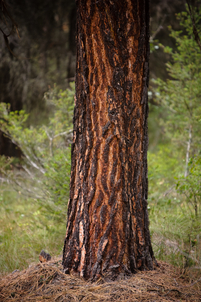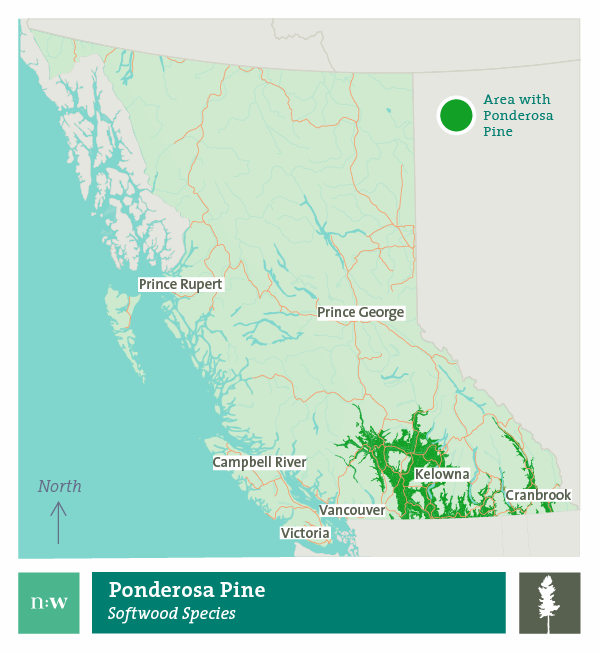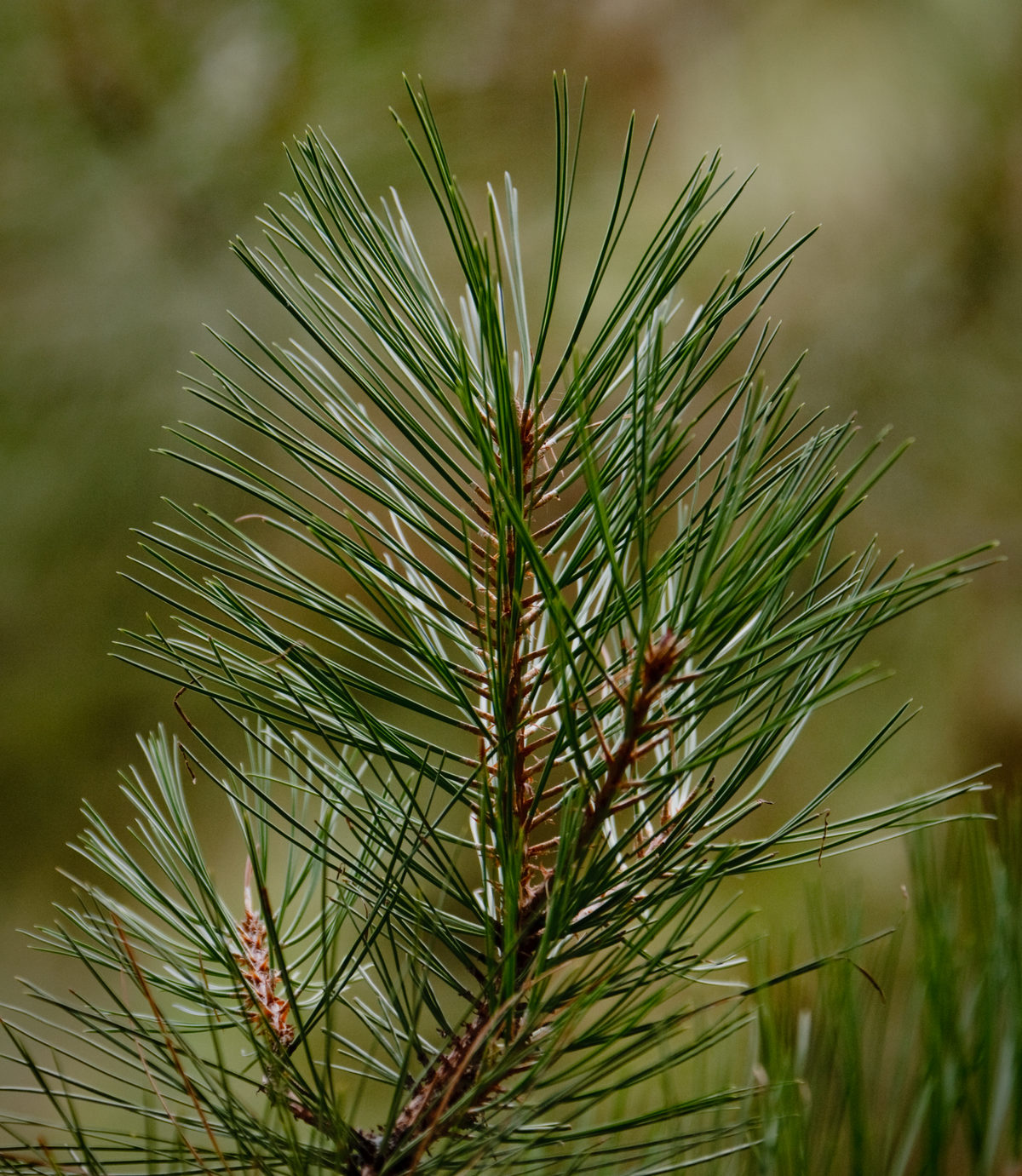Ponderosa pine, the largest of the western pine species, is found on semi-arid plateaus and slopes in B.C.’s southern interior. The wood is straight-grained, nonporous with a fine and uniform texture, and light in colour, ranging from cream to yellow to pale reddish-brown.
Ponderosa pine is used for light and medium construction and a variety of exterior and interior products. Open-canopy ponderosa pine forests are also important as wildlife habitat, watersheds, livestock grazing and recreational use.





